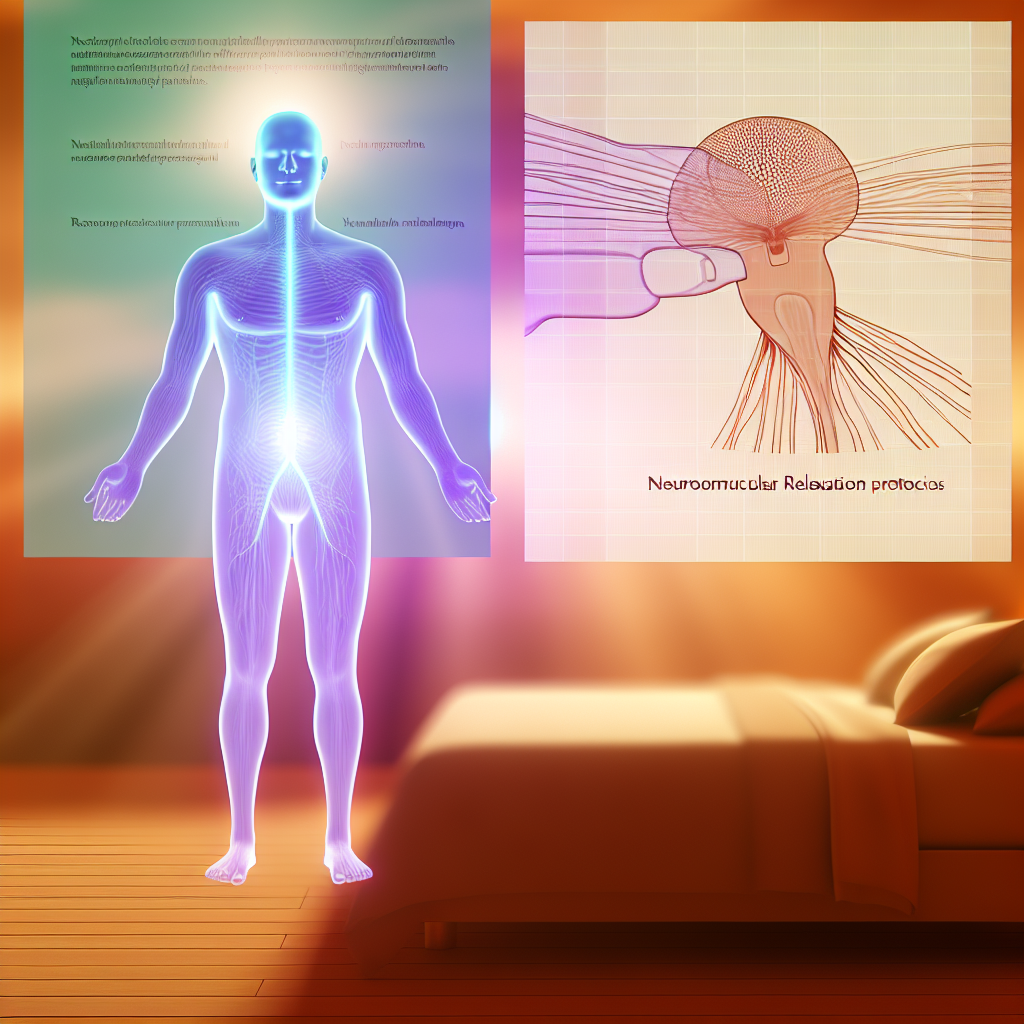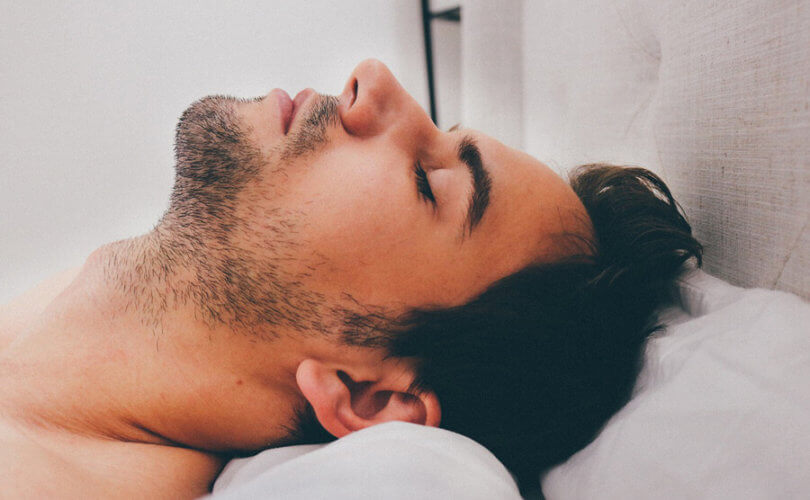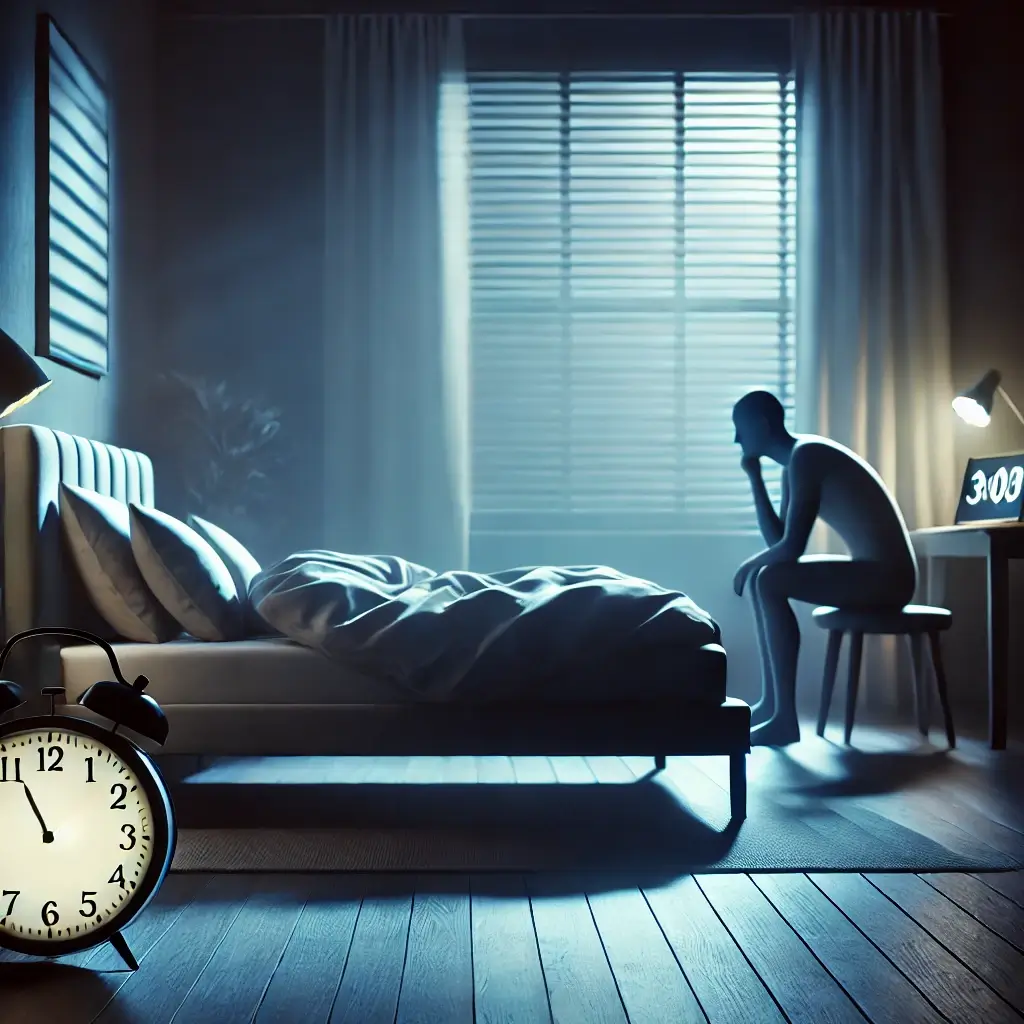Hypnic Jerk Reduction: Neuromuscular Relaxation Protocols That Support Better Sleep
Say goodbye to bedtime body jolts and reclaim your nights — learn how to calm your nervous system and stop hypnic jerks with research-backed neuromuscular relaxation techniques.
What Are Hypnic Jerks and Why Do They Happen?
Hypnic jerks, also called sleep starts or hypnagogic jerks, are sudden, involuntary muscle contractions that commonly occur just as you’re drifting off to sleep. These reflex-like movements are often accompanied by a strange falling sensation and can be startling enough to wake you up.
Though typically harmless, frequent hypnic jerks may become disruptors of natural sleep rhythm, leading to anxiety at bedtime and chronic sleep deprivation. Common causes include high stress, fatigue, caffeine or stimulant use, intense post-evening physical activity, and irregular sleep patterns.
From a neurological perspective, hypnic jerks are believed to result from mixed signals in the brain during the initial phases of sleep. As muscles relax, the brain may misinterpret this as a sign of falling, sparking a sudden muscle contraction as a protective reflex. Some theories even suggest this may be a primitive leftover from our evolutionary past — a fail-safe to prevent primates from falling out of trees during sleep.
While medically benign, these jerks can impact sleep quality and mental well-being, creating a frustrating cycle of restlessness and fatigue. That’s why non-pharmaceutical options like neuromuscular relaxation protocols are gaining attention as practical, science-backed ways to minimize their occurrence naturally.
Proven Strategies That Calm the Body & Brain Before Sleep
Although scientific research specific to hypnic jerks remains emerging, there is strong evidence supporting the value of neuromuscular relaxation techniques in managing similar sleep disturbances. These techniques work to downregulate the body’s stress response and guide both muscles and nerves into a pre-sleep state of calm.
Let’s explore the most effective methods:
Progressive Muscle Relaxation (PMR)
Developed by Dr. Edmund Jacobson, PMR involves tightening and then releasing various muscle groups in a specific sequence, sending a clear signal of safety and relaxation to your nervous system. A 2007 study published in the Journal of Behavioral Medicine found that individuals practicing PMR had significant reductions in pre-sleep arousal and longer, more restful night sleeps. (Conrad & Roth, 2007)
Deep Diaphragmatic Breathing
Also known as deep belly breathing, this technique promotes parasympathetic “rest and digest” activity by consciously slowing your breath. A 2018 systematic review in the Journal of Clinical Psychology confirmed that slow breathing directly lowered muscle tension and feelings of restlessness before sleep (Zaccaro et al., 2018).
Guided Imagery and Biofeedback
Pairing relaxing visualizations with physiological monitoring, these tools help create a calm mental environment and fine-tune stress responses. Although research specific to hypnic jerks is limited, similar studies in parasomnias show promising overlap in effectiveness (Chen et al., 2018).
Magnesium and Calcium Support
Low intake of these essential minerals has been associated with increased involuntary muscle activity at night. One clinical trial from the Sleep Health Journal demonstrated that magnesium supplementation reduced insomnia symptoms in older adults (Abbasi et al., 2016), suggesting a neuromuscular benefit that may also aid hypnic jerk sufferers.
How to Make Neuromuscular Relaxation Part of Your Nightly Ritual
The key to lasting change lies in consistency. Embedding these protocols into a regular evening routine can transform your sleep hygiene and help regulate neurological rhythms.
Here’s how to get started:
– Set a consistent bedtime and wake-up schedule
– Avoid caffeine and screen exposure at least 2 hours before bed
– Practice Progressive Muscle Relaxation or deep breathing for 10–15 minutes while lying in bed
– Try guided sleep meditations or soft music to quiet the mind
– Maintain hydration and include magnesium/calcium-rich foods in your evening meal (e.g., leafy greens, almonds, yogurt)
– Consider a warm bath or light stretching to further prepare the body for rest
By gradually training your body into pre-sleep stillness, you reduce the chances of abrupt hypnic activity and set the stage for uninterrupted sleep.
Sleep Starts Don’t Have to Startle You Anymore
Hypnic jerks often feel uncontrollable — but that doesn’t mean you’re powerless. With understanding, awareness, and application of proven neuromuscular relaxation protocols, you can train your body and mind to approach bedtime with calm instead of tension.
Techniques like PMR, deep breathing, and guided visualization offer not only practical benefits for reducing jerks but also empower you to enter each night with a sense of control and peace. When supported by proper nutrition and consistent routine, these strategies can help reset the nervous system and restore healthy sleep architecture.
While more targeted research is needed, current evidence is clear: these simple, natural methods hold tremendous promise for those looking to sleep better — without medication, without anxiety, and without interruption.
References
Do hypnic jerks disrupt your sleep? Have you tried relaxation techniques or supplements with success? Share your experience in the comments below!
Concise Summary:
Hypnic jerks, or sudden muscle contractions when falling asleep, can disrupt sleep and lead to anxiety. However, research-backed neuromuscular relaxation techniques like progressive muscle relaxation, deep breathing, and magnesium/calcium supplementation can help calm the body and brain before bed, reducing the frequency of these sleep disturbances. Consistent practice of these natural methods can reset the nervous system and restore healthy sleep patterns.

Dominic E. is a passionate filmmaker navigating the exciting intersection of art and science. By day, he delves into the complexities of the human body as a full-time medical writer, meticulously translating intricate medical concepts into accessible and engaging narratives. By night, he explores the boundless realm of cinematic storytelling, crafting narratives that evoke emotion and challenge perspectives.
Film Student and Full-time Medical Writer for ContentVendor.com




